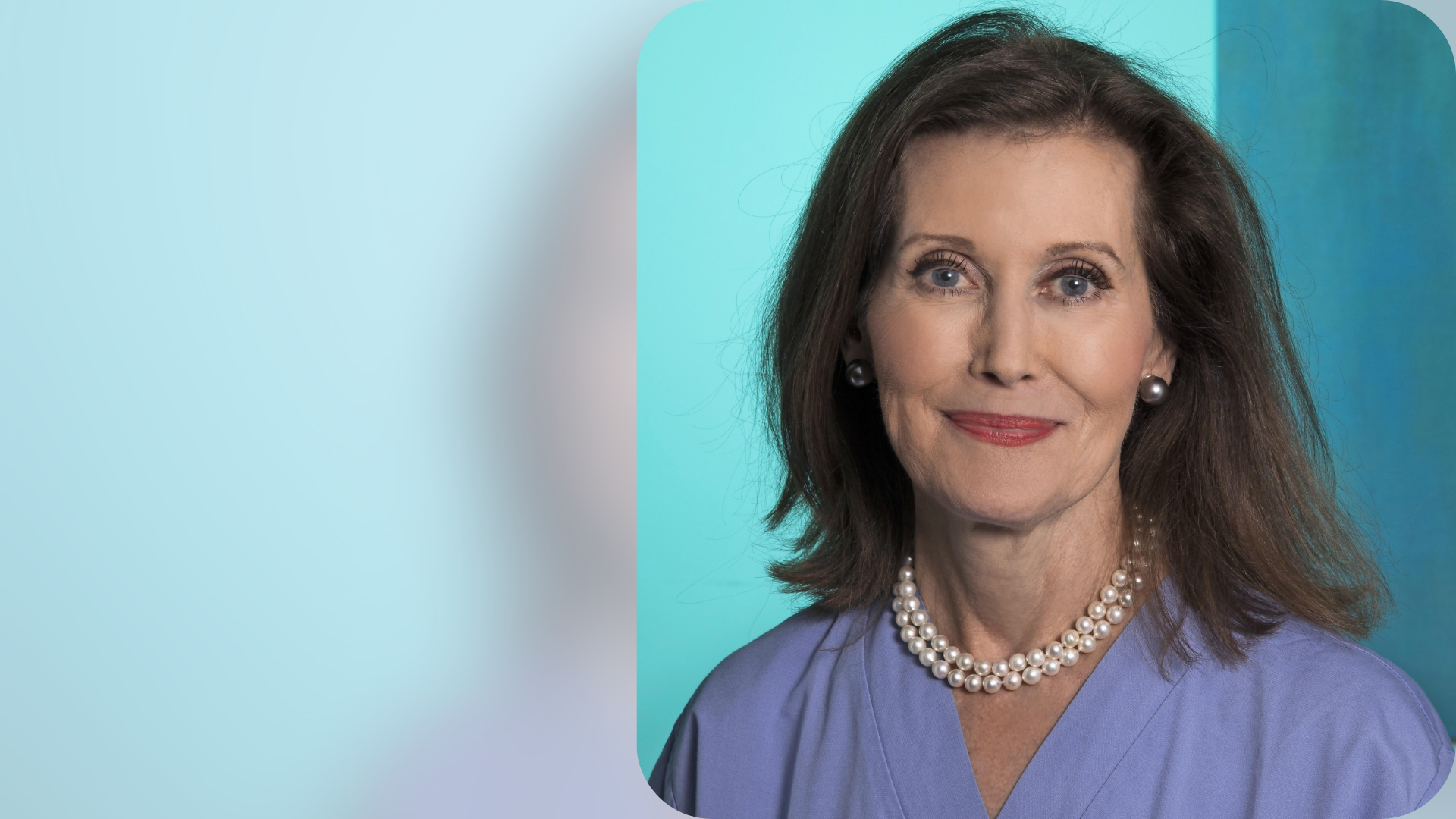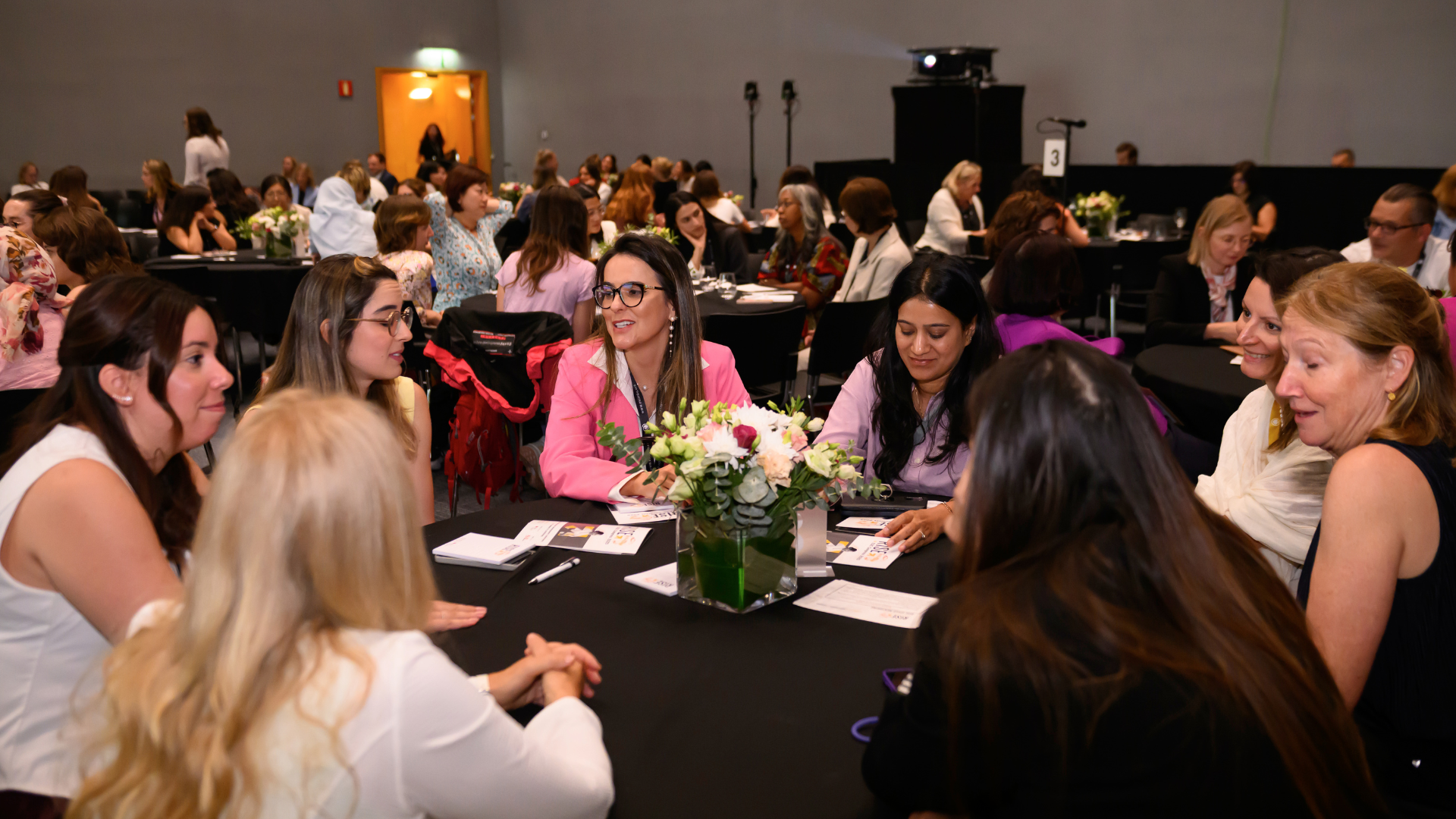
NEWS
Women Who Lead: An Interview with Dr. Cecilia Linde
Published Date – 13 October 2025

Welcome to Women Who Lead, a series highlighting inspiring women leaders in cardiology who are shaping the future of cardiovascular medicine. In this edition, we feature Dr. Cecilia Linde, Professor of Cardiology at Karolinska University Hospital and the Karolinska Institutet in Stockholm, Sweden.
A global leader in heart failure research, Dr. Linde has pioneered advancements in device-based therapies, including cardiac resynchronization therapy (CRT) and cardiac contractility modulation (CCM), serving as principal investigator on landmark international clinical trials. Through her extensive leadership within the European Society of Cardiology, her authorship of more than 300 publications, and her role as executive editor of the European Heart Journal’s heart failure section, Dr. Linde is shaping the future of cardiovascular medicine and advancing knowledge that improves patient outcomes worldwide. She is the President Elect of the European Society of Cardiology, meaning that she will be its President 2026-2028.
What first drew you to cardiology, and what personal or professional experiences most shaped your leadership journey?
I could see that there was such great potential to help and make a true difference to patients. The research happening at the time was intense, and a lot was happening, which made me want to be part of it.
Can you describe a defining moment when your leadership made a meaningful difference for a patient, colleague, or institution?
When I managed to bring aboard the first Randomised Controlled Trial (RCT) in cardiac resynchronisation therapy, the MUSTIC study. Bearing in mind the wide resistance of the heart failure (HF) community at the time, and secondly as Principal Investigator of the extensive, international REVERSE study, the first RCT of CRT in moderately severe HF patients.
Then, as the leader of the Department of Cardiology at Karolinska University Hospital, I first reshaped and then reorganized the department, with doctors in key leadership positions.
Make sure you are clear about your dreams and hopes for your career.
How has the landscape for women leaders in cardiology changed since you began your career, and what still needs to shift?
Greatly, the acceptance of women as leaders has dramatically changed in my country, but not in others. The situation for women in interventional cardiology and international organisations still needs to be improved.
What are the most persistent challenges facing women cardiologists in your country or region today?
The gap between top leadership, hospital directors (who typically are most interested in the economic side) and politicians. It is only if we work together with the politicians that we can truly make a change.
What leadership pathways are there for women cardiologists in your region, and where are opportunities still lacking?
I would say that it is the courage to try that is lacking, more than the availability of opportunities.
How is women’s leadership in healthcare viewed in your region, and what progress or resistance have you seen?
I see acceptance, provided you are always a little bit better prepared than men, and importantly, that you have supporters and peers who are women.
It is only if we work together with the politicians that we can truly make a change.
What role do institutions and male colleagues need to play to truly accelerate gender equity in cardiology?
There needs to be laws and policies that continually strive for gender balance, along with social insurance that enables the combination of having a family and working. Moreover, continuous metrics on women at different career stages can be used to monitor the evolution of increasing women in leadership positions.
In your view, what is the most urgent unmet need for women in cardiology today?
A true and legislative will to strive for equal possibilities.
What advice would you offer to early-career women cardiologists who want to lead, but may be unsure how to start?
Join a network, find a friend or mentor among women older than yourself. Also, make sure you are clear about your dreams and hopes for your career.
Women like Dr. Cecilia Linde exemplify the vital role of leadership in advancing gender equality in healthcare and improving outcomes for women with cardiovascular disease. Supporting women in cardiology is essential not only for fairness but for better science and patient care. The Women Who Lead series aims to uplift talented women in cardiology, raising their international profile and inspiring the next generation of women in cardiology. Join the Talent Directory today and join the community.
Latest news

Advancing Women in Clinical Trials: 2025 CVCT Research Scholar Award winners Announced
News Our CommunityMeet the 2025 winners of the CVCT Research Scholar Awards, spotlighting outstanding women in clinical trials and advancing their representation.

The Pulse by Women As One: A New Era of Connection and Professional Growth
News Our CommunityDiscover The Pulse by Women As One, a global community platform empowering women in cardiology to connect, learn, and advance their careers.

Women Who Lead: An Interview with Dr. Cecilia Linde
Our CommunityWomen Who Lead features Dr. Cecilia Linde as she shares insights on leadership, heart failure research, and advancing gender equity in cardiology.

